Today’s companies eyeing the next Artificial Intelligence (AI), Machine Learning (ML) tools, want more opportunities for exchange of ideas; places where teams can interact globally; where employees rub shoulders with experts from different sectors to enable cross-pollination of ideas.
It can be safely said that work is all about collaboration and a great office environment. Millennials today aspire to choose their job environments based on user experience, overall growth, employee engagement, and flexibility, given their exposure to western practices and modern consumerism. Companies spend a great deal of time in hiring experts – it will be a huge disservice if they ignore the place where their rigorously selected talent will work. More so as today’s millennials have different expectations of a career — it is probably not four decades spent in a single office or a company — but quality time could be less than four years at a stimulating workplace. What is the key to keeping them engaged? How to create that pull for your company which helps attract the best employees? The ideal spaces where both the company and the employee create great value for each other. The answer lies in the kind of workspace you opt for.
Blurring hierarchies
A food court is a great meeting place, where instead of employees from a single company, experts from different walks of life can meet and discuss ideas during a lunch break or in between meals for that brief relaxation. It could lead to better connections, networks and hence, greater innovative ideas.
This is where managed spaces could work wonders. Most managed services stand for innovation in creating inspiring office spaces and ambience which will not only help organizations attract talent but also boost employee productivity and reduce employee attrition.
Right from the daily drill of ensuring where to place plants, deciding how much sunlight is good for employees or whether the broadband service is coping with demand spikes or organizing fun employee engagement programs, maintain a pollution free environment; a co-managed space does everything to ensure employees and companies are not saddled with such mundane tasks.
Recreational push for innovation
Like the serial entrepreneur, Evan Williams who co-founded Twitter and Blogger noted, “people don’t invent things on the internet. They simply expand on an idea that already exists.” To expand those ideas, an office which fosters collaboration is better than one which has geeks and mavens locked inside handkerchief sized cabins. Ample spaces for recreation, gaming, activities could be the answer to help employees expand on their ideas.
Bell Labs enabled a lot of productivity as it had an office which brought together physicists, material scientists, and even some telephone pole climbers! DreamWorks Animation had every floor with its own dining space full of snacks, besides yoga rooms and kickboxing classes. Legendary innovator Steve Jobs was obsessed with office spaces with a focus on creating environments for serendipitous personal encounters to encourage informal communication.
Today managed space partners armed with global knowhow create spaces that fit any business needs.
Flexibility is the key
According to a survey done by American design and architecture firm Gensler, innovative companies are five times more likely than less innovative companies to balance group and individual workspaces. Innovative companies have more open spaces and clever use of those areas. For instance, open areas are better suited to sales teams than to developers who may need a quiet but motivating environment nonetheless. Though both might need to switch places occasionally just for a change, and here, a flexible office comes in handy.
Managed workspaces come with that knowhow and ability to alter a workspace throughout the day — keeping in view needs of employees, the time of the day and accordingly putting say, adjustable windows. Lighting, plants, development of common areas, a combination of bean bags alongside formal office chairs and furniture, access to conference rooms and even creating natural environments within office confines can go a long way in creating that pull for the employees to go to work.
Managed spaces also end up saving a lot, as companies use as much as they need, share a common infrastructure that includes air conditioning, parking, reception, cafeteria, washrooms, and even printers. Besides offering the flexibility of expanding or contracting work areas according to business needs. Of course, every morning also ensuring the coffee is fresh and the office all spick and span for another day.
According to realty consultant JLL’s 2017 Workplace: Powered by Human Experience global research report[1], more than 60 per cent of the employees surveyed globally said that access to external co-working spaces had a very positive impact on their engagement and productivity at work.
Freelancers, small and mid-sized companies to even large enterprises can benefit immensely from such managed office options. It can create a multiplier effect on productivity, collaboration and even employee wellness.


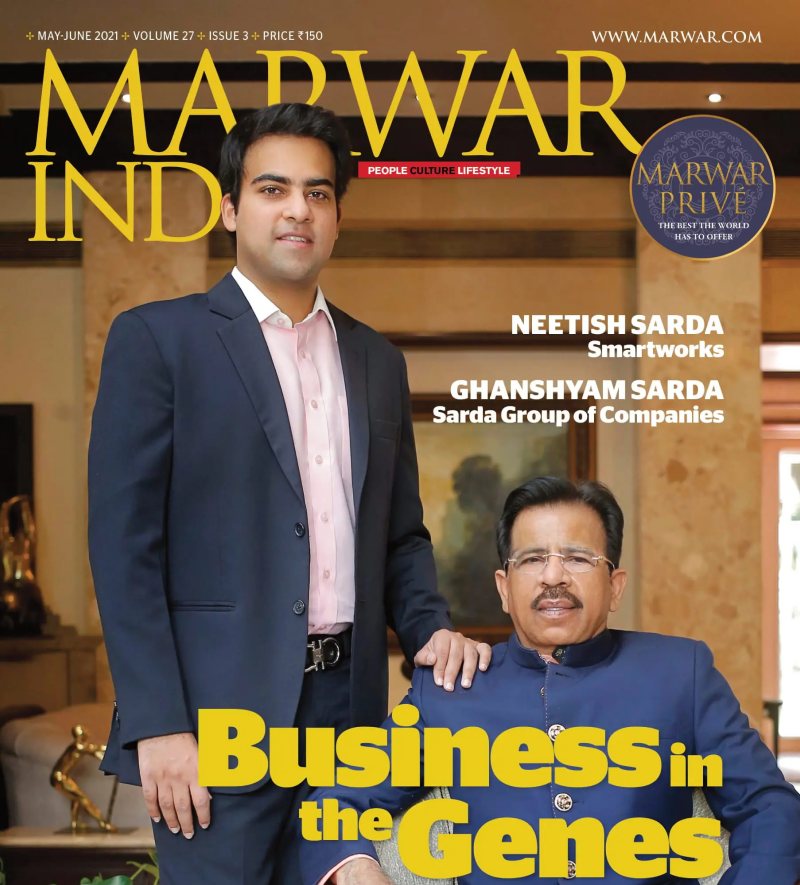
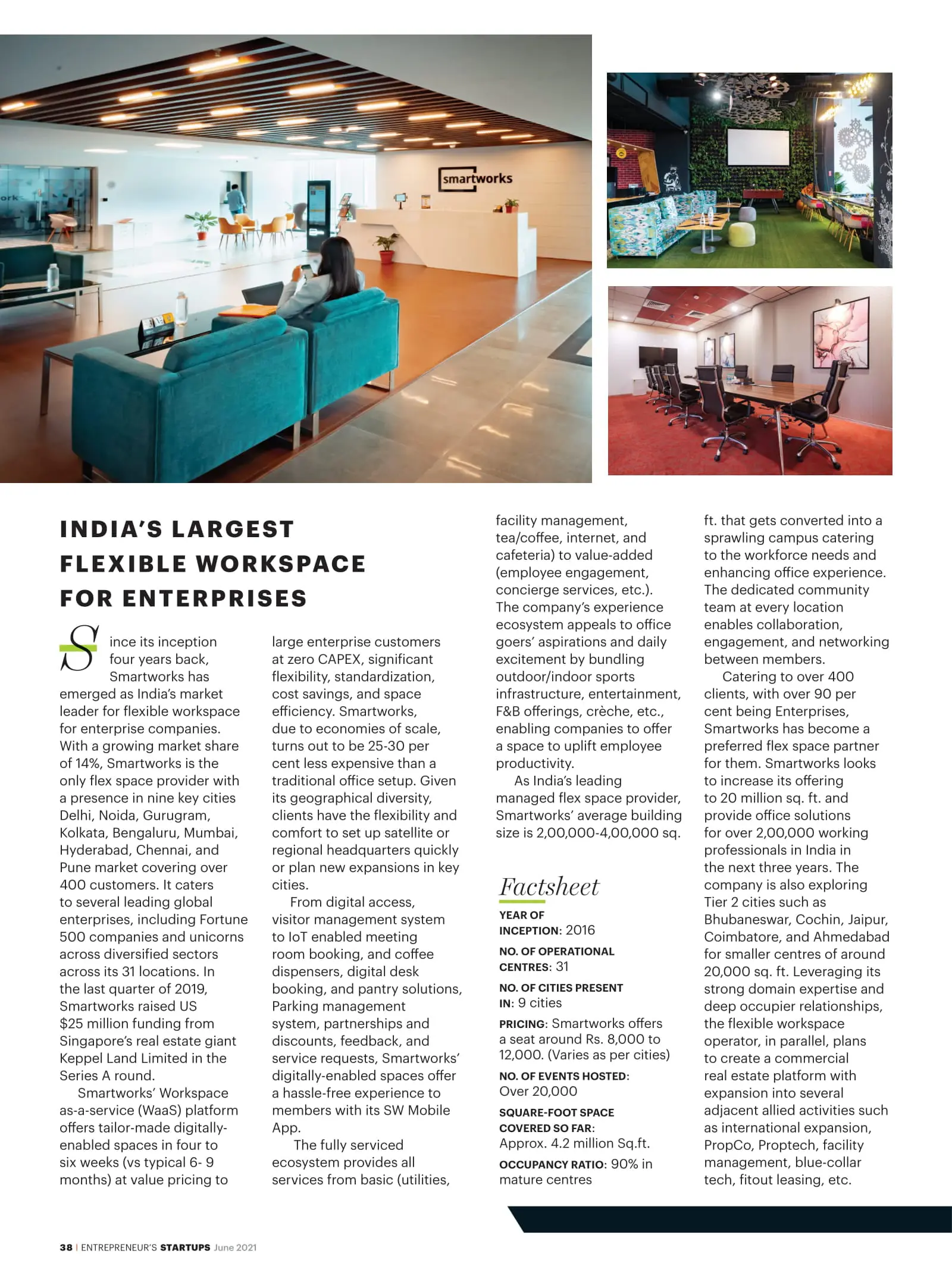
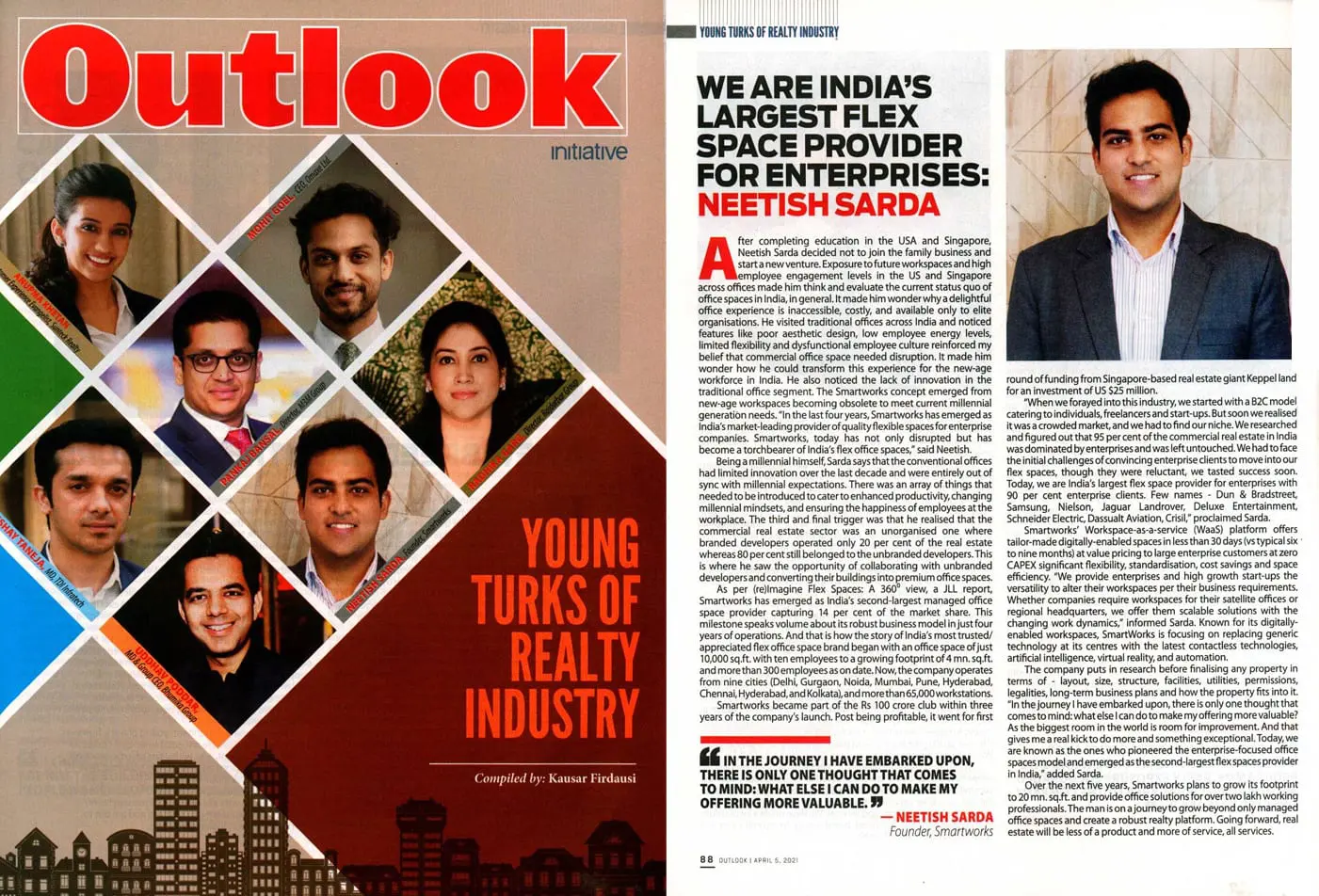

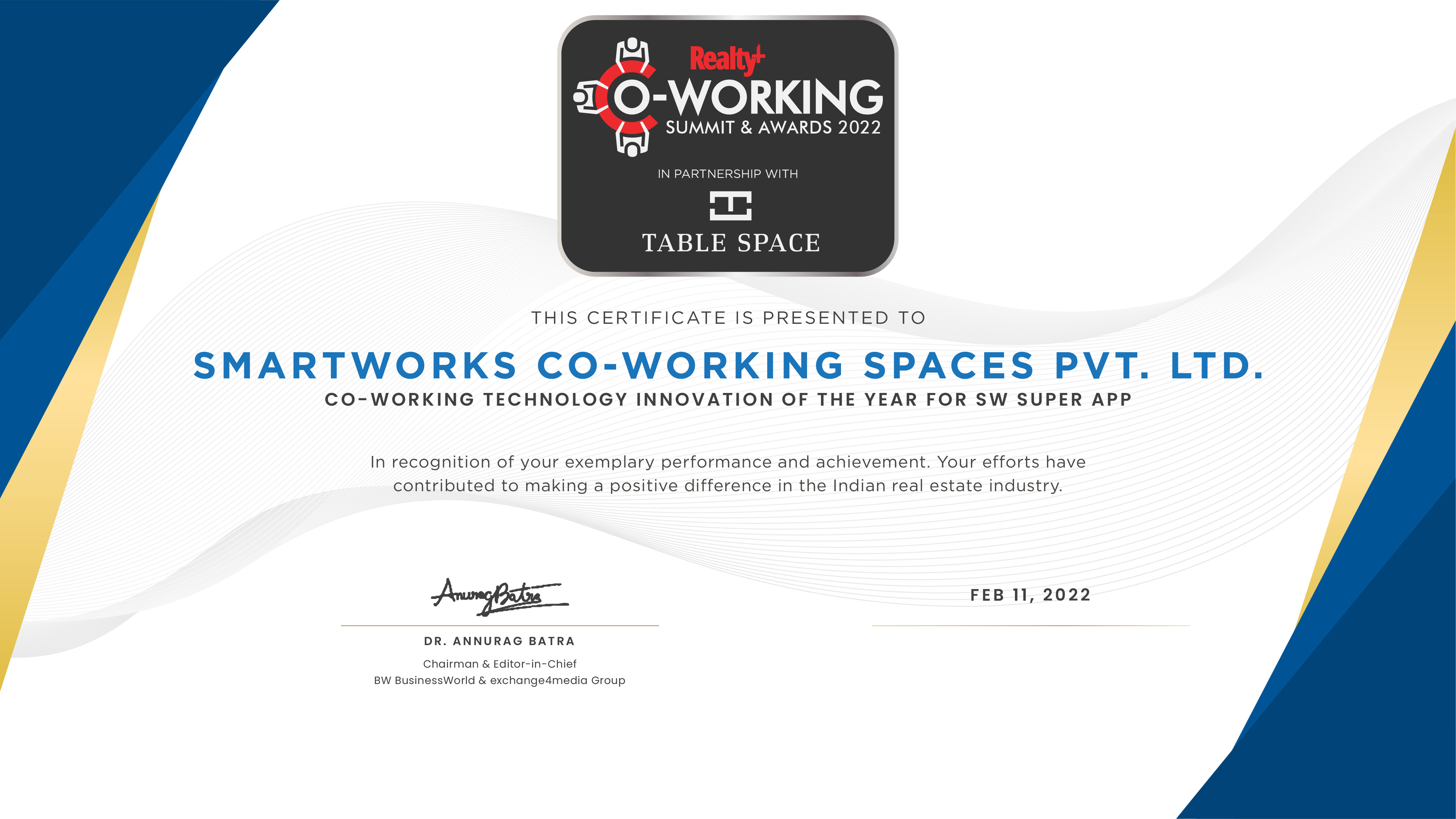
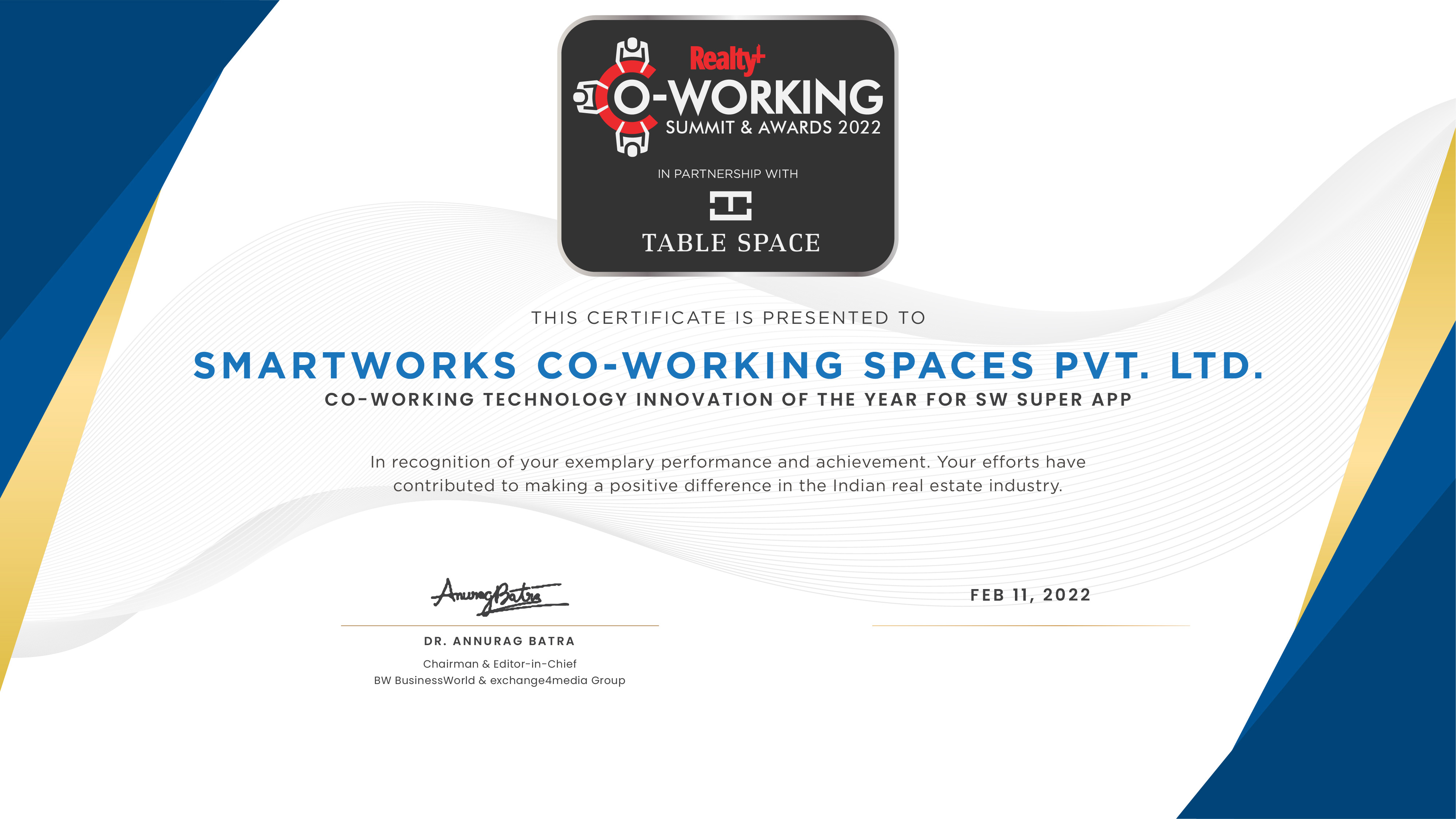
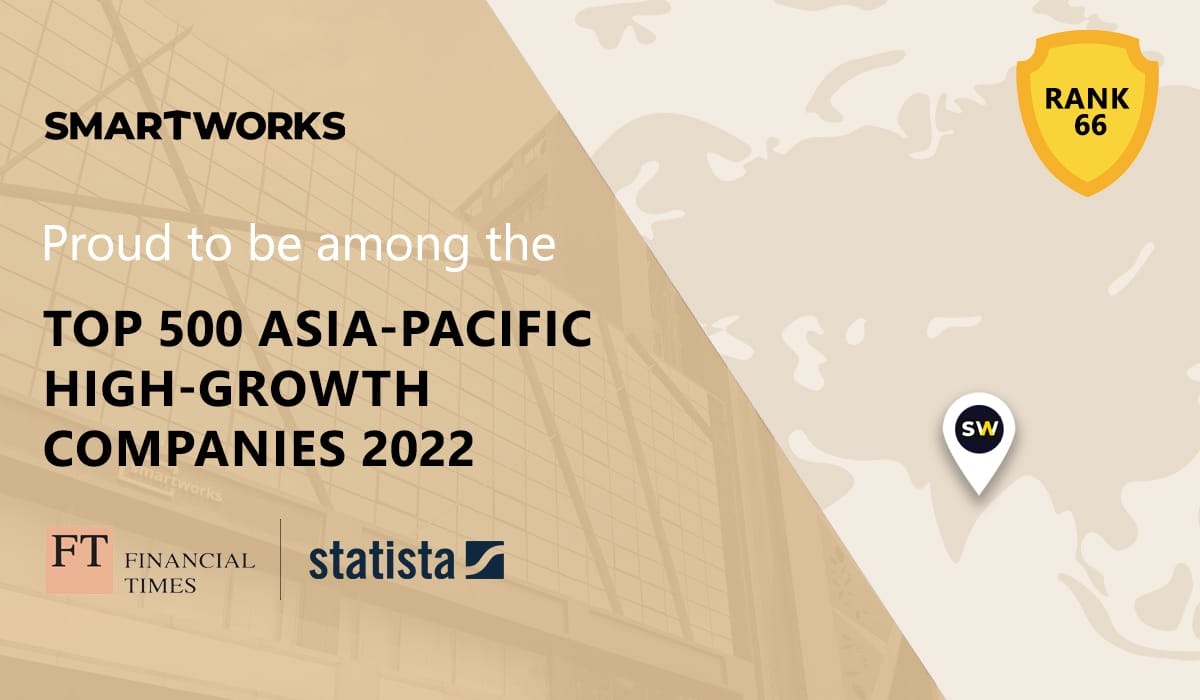



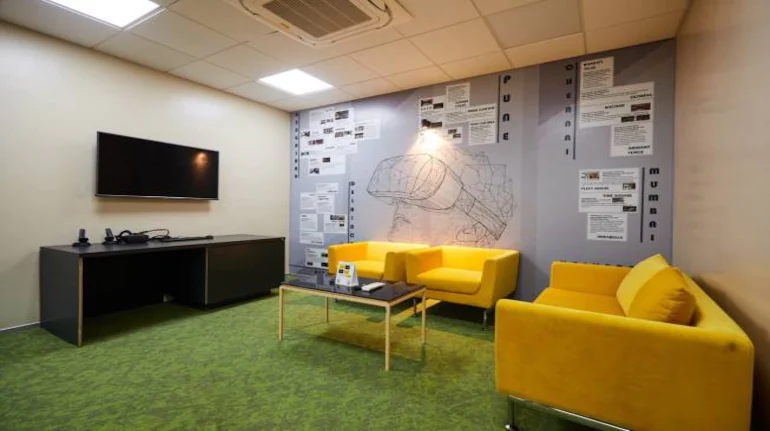




.jpg)


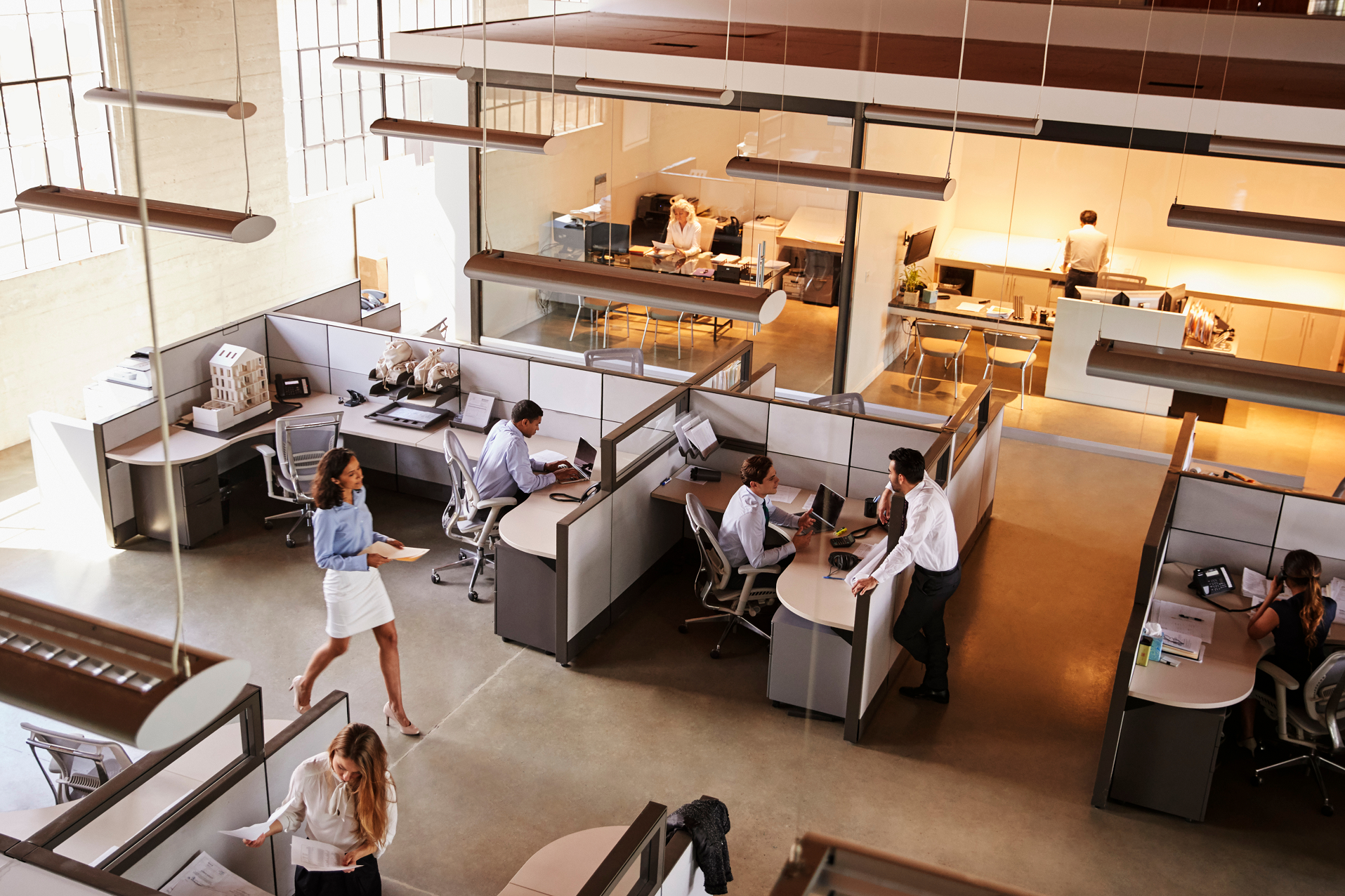
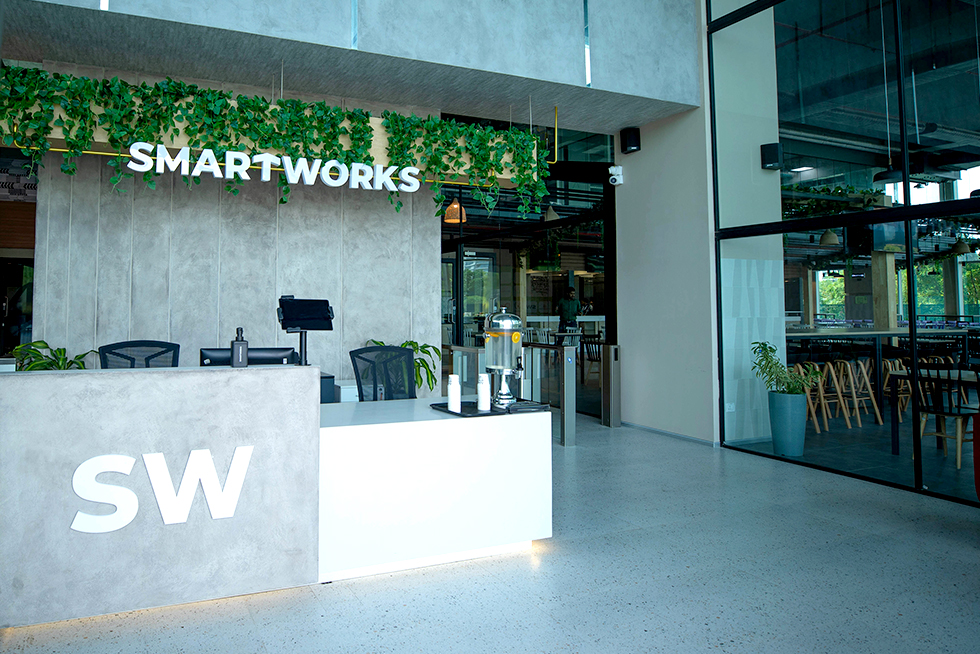
.webp)
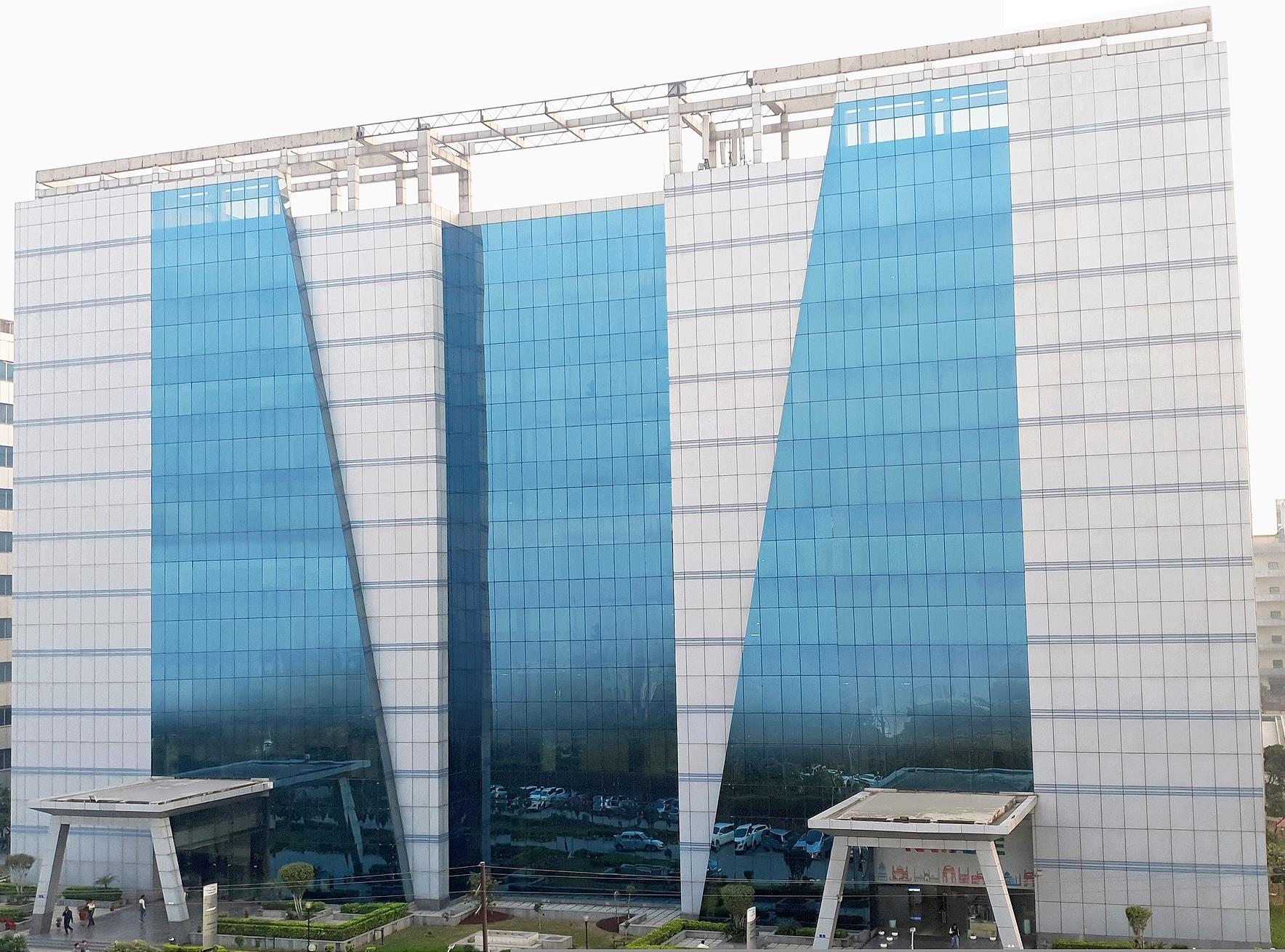
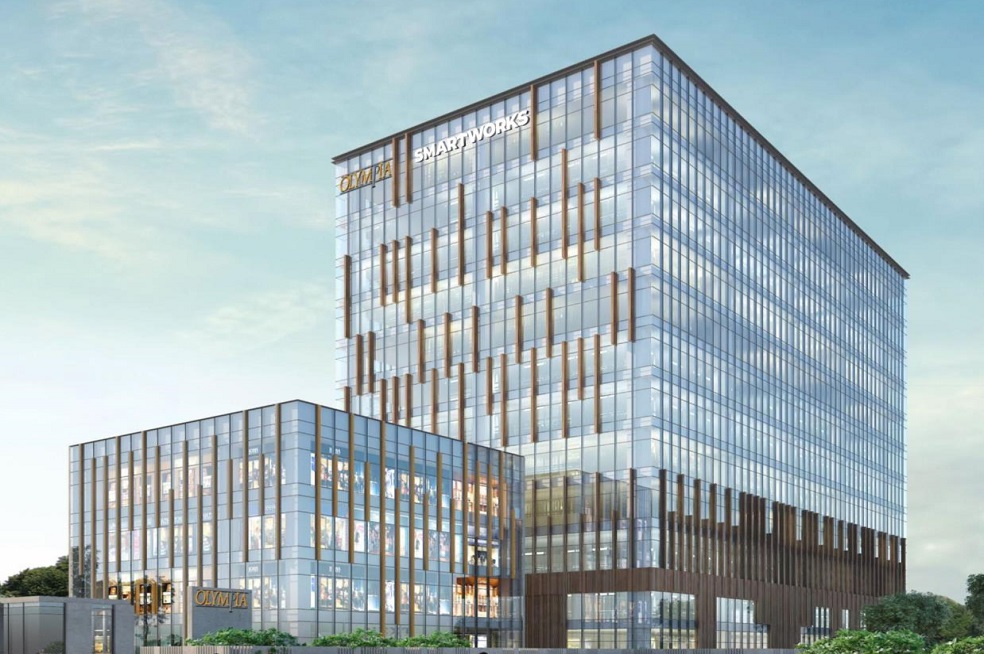


(1).jpg)
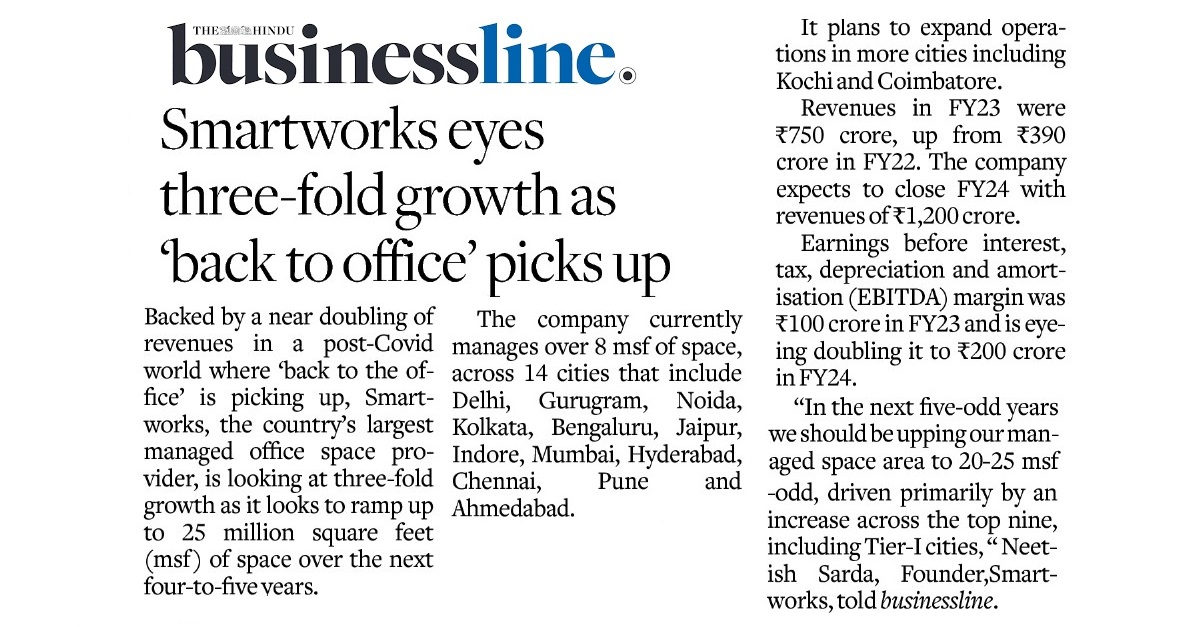
.png)
